Smart city, the solution for new city challenges: the example of Asia
Smart city is a reality in many countries around the world, in particular in Asia, because it is the solution to the needs of cities.
Smart city, the solution for new city challenges: the example of Asia
Smart city is a reality in many countries around the world, in particular in Asia, because it is the solution to the needs of cities.
Smart cities are a reality in so many countries, above all in Asia. So many projects have already been implemented as solution to make streets smart and more.
Very often we talk about Smart City, but few times we really know what we are talking about. Even today, there is not as much knowledge about it. Many people associate smart cities with a vision of a highly technological city that is light years away from the present.
So what does it mean to make cities smart? And why cities are implementing more and more projects?
What is a Smart City?
At first glance, a smart city communicates something different and improved. So, it seems that with its advent there is a real separation from the traditional city. Will it be like that?
A very clear and simple definition is provided by the European Commission. “A smart city is a place where traditional networks and services are made more efficient with the use of digital solutions for the benefit of its inhabitants and business.” [1]
So, that’s right. Smart city means innovation.
The use of IoT technology is the driving factor for the great transformation of cities. Here, existing services are automated and improved and as a result the well-being of all who live there is increased.
Considering that the city includes residential areas, industrial areas, green spaces and of course the community, smart city projects aim to involve all these components and significantly improve their management. For this reason, problems in the city, such as traffic and pedestrian security, are greatly reduced.
Smart City and its characteristics
The challenges that cities face every day have extremely increased over the years, because the population also increases and prefers to live in urban areas. Therefore, cities are complex to manage.
Despite the changes, operational efficiency, security and attention to the environment must always be ensured. Accordingly, smart city services can address this new reality.
Smart city projects totally involve the city and also enable a reduction in operating costs and the city’s impact on nature.
We wonder what and how many dimensions of a smart city are. According to some sources, they are 11, but others report less dimensions. The European Commission highlights 6 characteristics of the smart city.
Specifically, each characteristic is defined by a number of factors and these, in turn, by a quantity of indicators.
According to this classification, the dimensions of a smart city are: Smart Economy, Smart Mobility, Smart Governance, Smart Environment, Smart People and Smart Living. Let’s find out more about them.
- Smart Economy
Economy and business must lead to increased productivity through technological innovation. In addition to sustainable economic competitiveness, these models also promote participation and collaboration between local and global economic ecosystems.
- Smart Mobility
It consists of creating a modern, sustainable and accessible transport system, suitable for the needs of all users, from workers to tourists. Examples can be electric mobility or sharing mobility, which are very useful in decreasing costs and environmental impact.
- Smart Governance
Public organizations and all social actors are involved in the decision-making process, especially encouraging citizen participation and using new technologies.
- Smart Environment
Special attention is given to the management of natural resources. Thus, sustainable and smart cities allow the use and production of renewable energy. It also enables the use of new technologies to optimize resource management, such as energy, water or waste.
- Smart People
Human capital also occupies a key place. The goal is to create a more inclusive society that makes everyone a player. In this way, the use of new technologies aims to improve knowledge management and access to education.
- Smart Living
As we have seen, the human being is at the heart. Hence, it is essential to provide comfort and well-being to citizens in relation to health, education, culture and so on. [2]
Each dimension features inclusion and especially development. We can see that all domains are closely related to each other. Making smart the management of one domain automatically involves other areas. In this way we achieve a smart city.
Asia: a fertile and flourishing ground for Smart Cities
Asia is a continent characterized by changing economies, large number of inhabitants and high population density. According to recent United Nations studies, China and India are the two most populous countries in the world. They account for 19 and 18% of the world’s population, respectively. Add to this that the world population is expected to increase to 9.7 billion in 2050. [3]
Rapid population growth and mass migration result in important changes in lifestyle. All these aspects lead to the need to reshape the management of city infrastructure and resources. How?
Some of Asia’s most important cities have, therefore, launched projects to become smart cities. As we have already explained, a city that uses technologies such as IoT, Artificial Intelligence and big data to guide the country and to raise the quality of life of citizens.
For example, according to the latest Juniper Reserach the number one smart city in the world named for 2021 is Shanghai, one of the four municipalities of China. In the ranking, in the top 5 places, we find 3 Asian cities. In addition to Shanghai, there are Seoul and Beijing. [4]
Asia is therefore at the forefront of innovation and smart cities in the world. This is not, however, a recent discovery. There is, in fact, a city considered one of the leading smart cities internationally.
This is Singapore. It is an example of an Asian city that has grown so much through its transformation process.
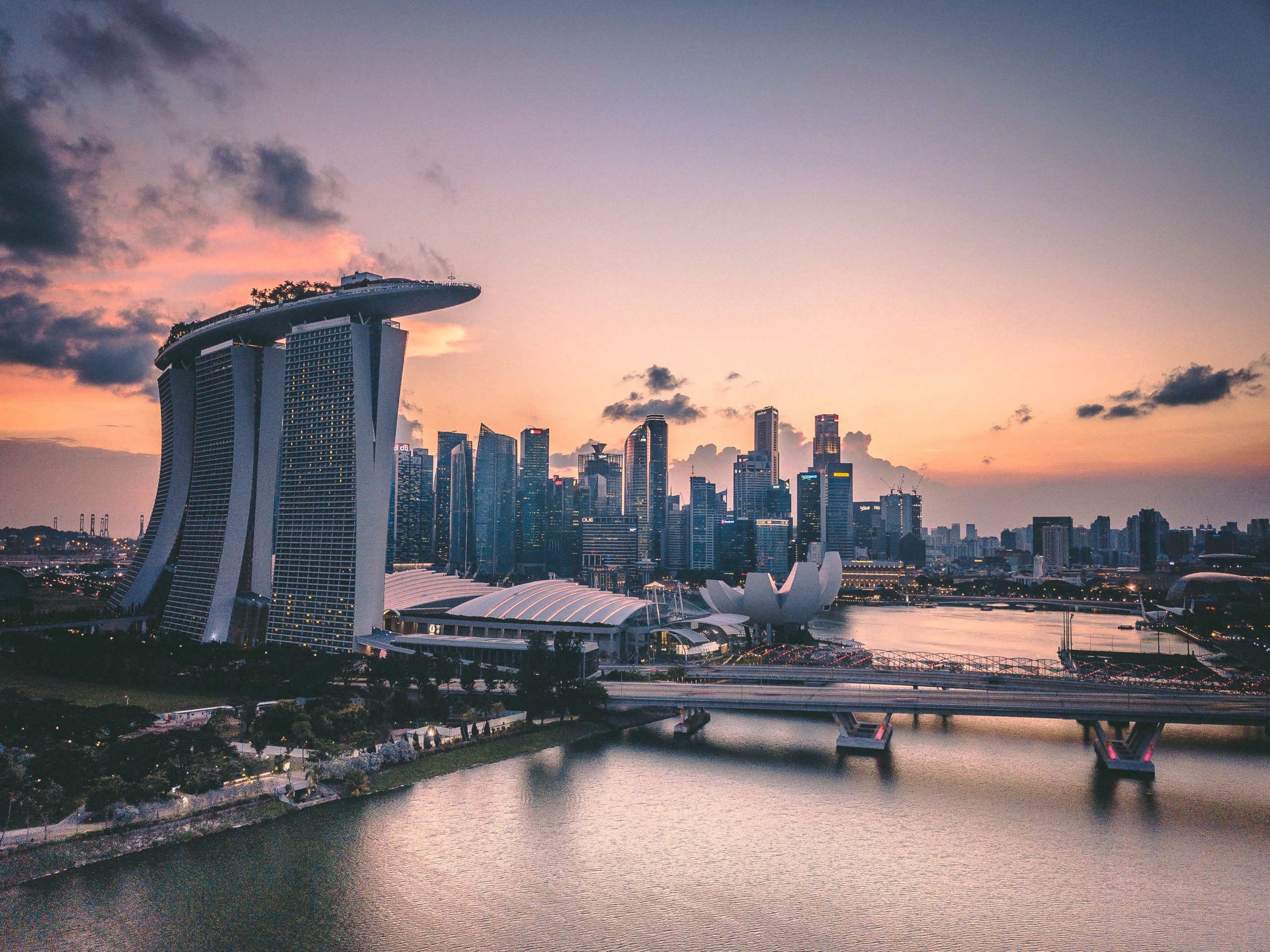
|
Singapore |
Singapore was the first intelligent community of the year in 1999 and over time has won major awards dedicated to smart urban centers. [5]
In addition to being one of the first cities to adopt smart technologies, Singapore’s success is due to numerous projects. They include smart health, public safety and even smart mobility.
What makes Singapore so innovative and smart is the government and its relationship with society. Maximum attention is given to the needs of citizens and to streamlining bureaucratic processes. Citizens are therefore happier and more likely to embrace new projects and IoT technologies with obvious benefits in their daily lives.
Singapore demonstrates how projects using technologies and Artificial Intelligence are the solution to big problems in cities with huge success.
What do you think is the main problem in cities that the smart city would solve?
References:
- European Commission. Online version: https://ec.europa.eu/info/eu-regional-and-urban-development/topics/cities-and-urban-development/city-initiatives/smart-cities_en
- European Commission. Online version: http://www.smart-cities.eu/download/smart_cities_final_report.pdf
- United Nations. Online version: https://www.un.org/en/global-issues/population
- Juniper Research. Online version: https://www.juniperresearch.com/press/worlds-no-1-smart-city-for-2022-shanghai
- Intelligent Community. Online version: https://www.intelligentcommunity.org/ic_of_year
© Copyright 2012 – 2022 | All Rights Reserved
Author: Rossana Cascione, Junior Digital Marketing Specialist
Smart cities are a reality in so many countries, above all in Asia. So many projects have already been implemented as solution to make streets smart and more.
Very often we talk about Smart City, but few times we really know what we are talking about. Even today, there is not as much knowledge about it. Many people associate smart cities with a vision of a highly technological city that is light years away from the present.
So what does it mean to make cities smart? And why cities are implementing more and more projects?
What is a Smart City?
At first glance, a smart city communicates something different and improved. So, it seems that with its advent there is a real separation from the traditional city. Will it be like that?
A very clear and simple definition is provided by the European Commission. “A smart city is a place where traditional networks and services are made more efficient with the use of digital solutions for the benefit of its inhabitants and business.” [1]
So, that’s right. Smart city means innovation.
The use of IoT technology is the driving factor for the great transformation of cities. Here, existing services are automated and improved and as a result the well-being of all who live there is increased.
Considering that the city includes residential areas, industrial areas, green spaces and of course the community, smart city projects aim to involve all these components and significantly improve their management. For this reason, problems in the city, such as traffic and pedestrian security, are greatly reduced.
Smart City and its characteristics
The challenges that cities face every day have extremely increased over the years, because the population also increases and prefers to live in urban areas. Therefore, cities are complex to manage.
Despite the changes, operational efficiency, security and attention to the environment must always be ensured. Accordingly, smart city services can address this new reality.
Smart city projects totally involve the city and also enable a reduction in operating costs and the city’s impact on nature.
We wonder what and how many dimensions of a smart city are. According to some sources, they are 11, but others report less dimensions. The European Commission highlights 6 characteristics of the smart city.
Specifically, each characteristic is defined by a number of factors and these, in turn, by a quantity of indicators.
According to this classification, the dimensions of a smart city are: Smart Economy, Smart Mobility, Smart Governance, Smart Environment, Smart People and Smart Living. Let’s find out more about them.
- Smart Economy
Economy and business must lead to increased productivity through technological innovation. In addition to sustainable economic competitiveness, these models also promote participation and collaboration between local and global economic ecosystems.
- Smart Mobility
It consists of creating a modern, sustainable and accessible transport system, suitable for the needs of all users, from workers to tourists. Examples can be electric mobility or sharing mobility, which are very useful in decreasing costs and environmental impact.
- Smart Governance
Public organizations and all social actors are involved in the decision-making process, especially encouraging citizen participation and using new technologies.
- Smart Environment
Special attention is given to the management of natural resources. Thus, sustainable and smart cities allow the use and production of renewable energy. It also enables the use of new technologies to optimize resource management, such as energy, water or waste.
- Smart People
Human capital also occupies a key place. The goal is to create a more inclusive society that makes everyone a player. In this way, the use of new technologies aims to improve knowledge management and access to education.
- Smart Living
As we have seen, the human being is at the heart. Hence, it is essential to provide comfort and well-being to citizens in relation to health, education, culture and so on. [2]
Each dimension features inclusion and especially development. We can see that all domains are closely related to each other. Making smart the management of one domain automatically involves other areas. In this way we achieve a smart city.
Asia: a fertile and flourishing ground for Smart Cities
Asia is a continent characterized by changing economies, large number of inhabitants and high population density. According to recent United Nations studies, China and India are the two most populous countries in the world. They account for 19 and 18% of the world’s population, respectively. Add to this that the world population is expected to increase to 9.7 billion in 2050. [3]
Rapid population growth and mass migration result in important changes in lifestyle. All these aspects lead to the need to reshape the management of city infrastructure and resources. How?
Some of Asia’s most important cities have, therefore, launched projects to become smart cities. As we have already explained, a city that uses technologies such as IoT, Artificial Intelligence and big data to guide the country and to raise the quality of life of citizens.
For example, according to the latest Juniper Reserach the number one smart city in the world named for 2021 is Shanghai, one of the four municipalities of China. In the ranking, in the top 5 places, we find 3 Asian cities. In addition to Shanghai, there are Seoul and Beijing. [4]
Asia is therefore at the forefront of innovation and smart cities in the world. This is not, however, a recent discovery. There is, in fact, a city considered one of the leading smart cities internationally.
This is Singapore. It is an example of an Asian city that has grown so much through its transformation process.

|
Singapore |
Singapore was the first intelligent community of the year in 1999 and over time has won major awards dedicated to smart urban centers. [5]
In addition to being one of the first cities to adopt smart technologies, Singapore’s success is due to numerous projects. They include smart health, public safety and even smart mobility.
What makes Singapore so innovative and smart is the government and its relationship with society. Maximum attention is given to the needs of citizens and to streamlining bureaucratic processes. Citizens are therefore happier and more likely to embrace new projects and IoT technologies with obvious benefits in their daily lives.
Singapore demonstrates how projects using technologies and Artificial Intelligence are the solution to big problems in cities with huge success.
What do you think is the main problem in cities that the smart city would solve?
References:
- European Commission. Online version: https://ec.europa.eu/info/eu-regional-and-urban-development/topics/cities-and-urban-development/city-initiatives/smart-cities_en
- European Commission. Online version: http://www.smart-cities.eu/download/smart_cities_final_report.pdf
- United Nations. Online version: https://www.un.org/en/global-issues/population
- Juniper Research. Online version: https://www.juniperresearch.com/press/worlds-no-1-smart-city-for-2022-shanghai
- Intelligent Community. Online version: https://www.intelligentcommunity.org/ic_of_year
© Copyright 2012 – 2022 | All Rights Reserved
Author: Rossana Cascione, Junior Digital Marketing Specialist

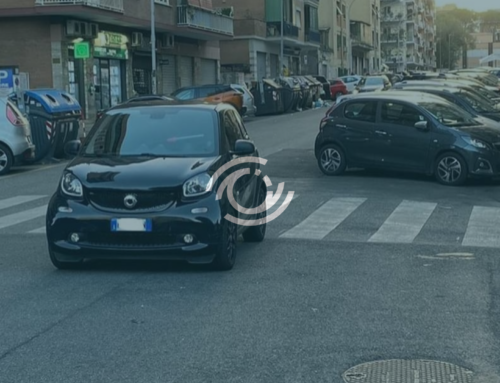


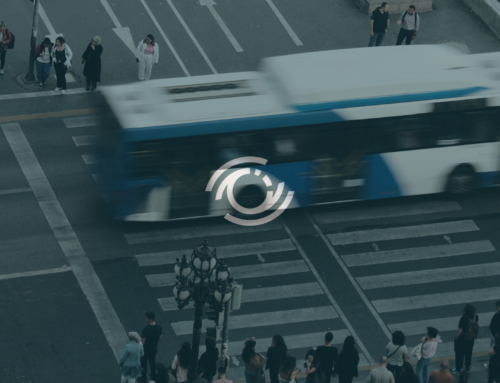

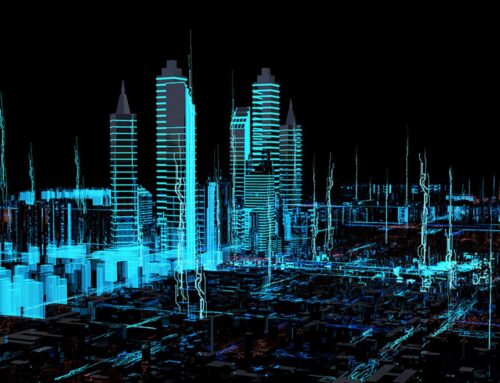
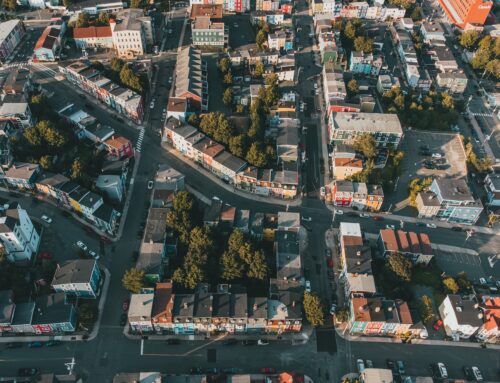


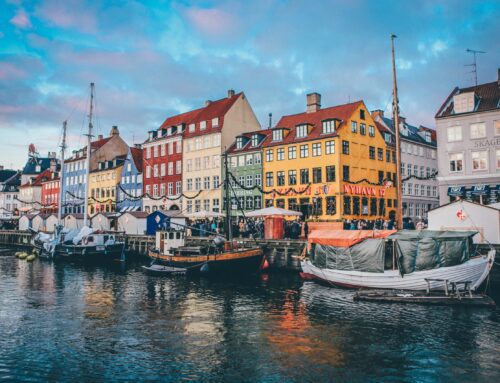


Leave A Comment